With Ken White’s departure, the magazine was edited by Harry Widmer who had previously worked at Ace (1904-1970). Widmer is a man of mystery; one of those editors whose contributions to the pulps are unrecognized even by most pulp fans.
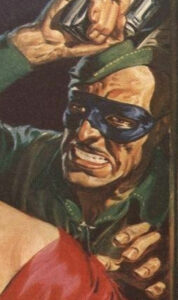
so I used this from a cover of an issue that he edited instead.
He grew up in New York, I couldn’t find out anything about his childhood and education. His first job was probably at Aaron Wyn’s Ace Publications, where he worked with Rose Wyn before becoming the editor of Ten Detective Aces. He also edited weird menace, western and other pulps for Ace Publications.
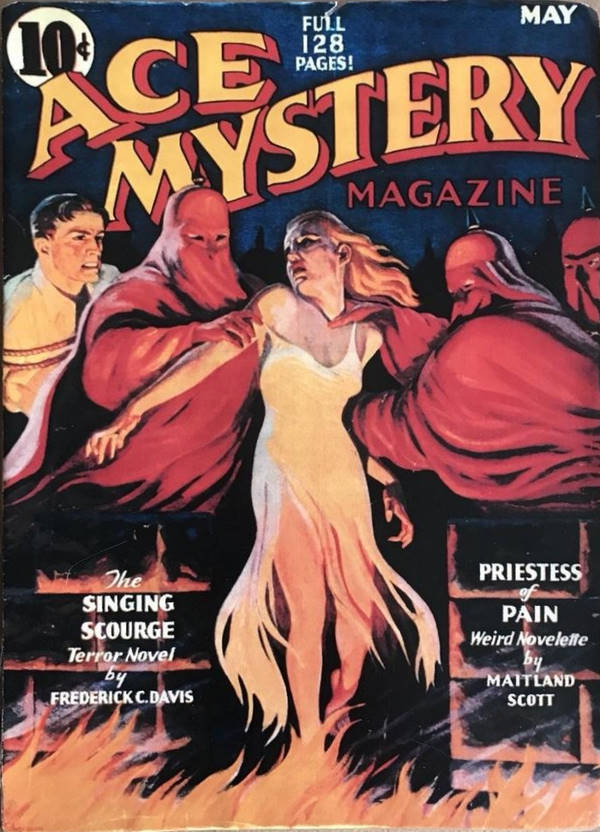
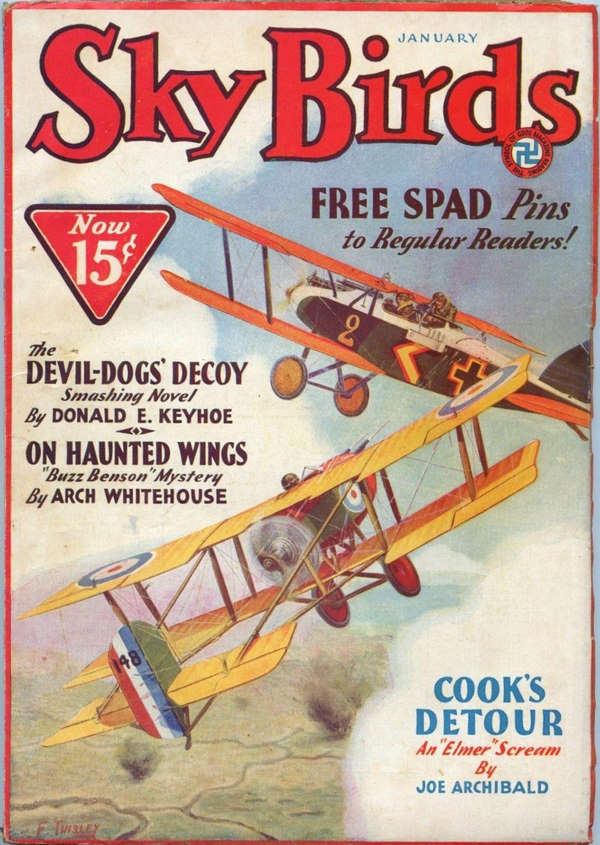
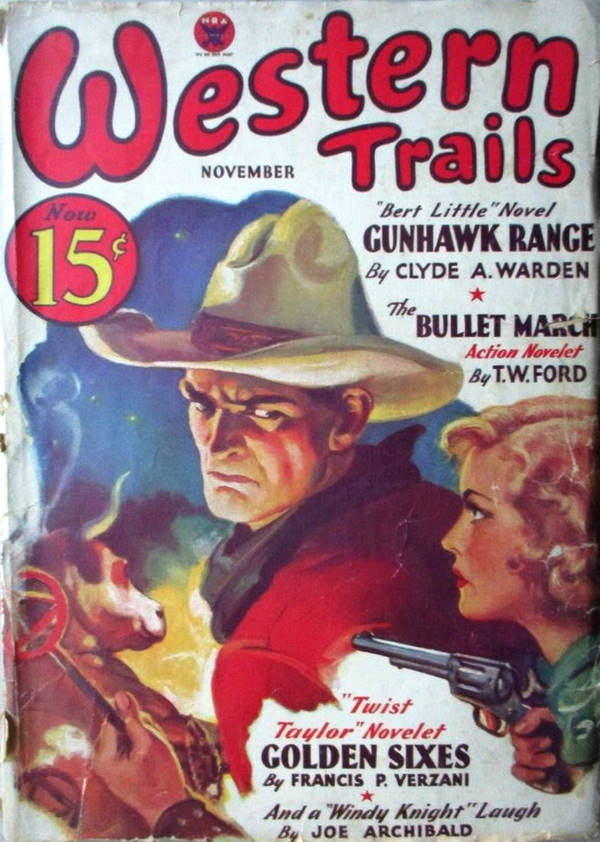
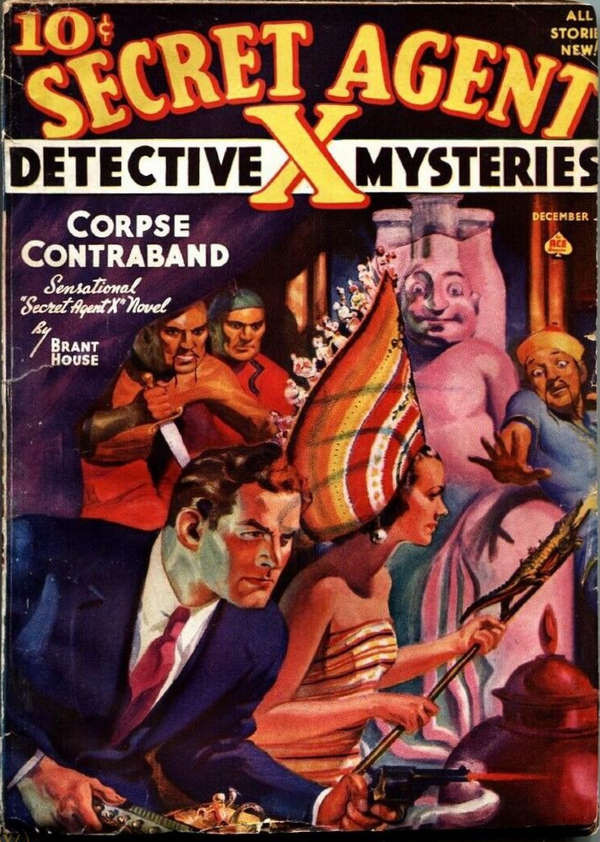
From Ace, he went to Popular where he worked with Mike Tilden, Alden Norton and Ken White before being handed the reins of Dime Detective and Black Mask. While he held responsibility, his name didn’t appear on the magazine’s table of contents.
Tough Medicine
Ken White left Popular in 1949; the January 1949 issue of Black Mask was the last one he edited. A number of changes happened with the March 1949 issue. The covers harked back to the classic era with white backgrounds; quirkiness was back. Norman Saunders did some covers. Though there were some recognizable authors including Louis L’Amour and Fred C. Davis, most of the magazine’s stories came from writers whose names weren’t well known then and are unknown today. No new series were created and existing ones discontinued. The first reprint crept into the September 1950 issue.
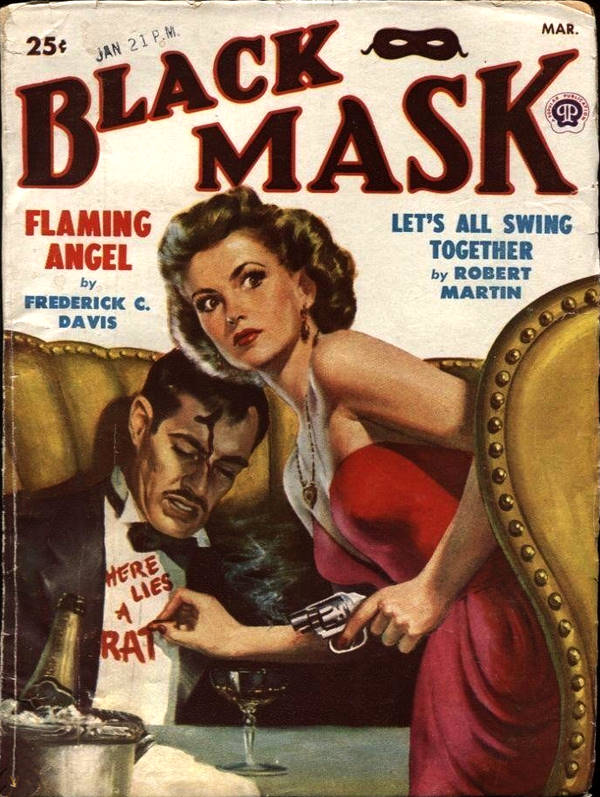
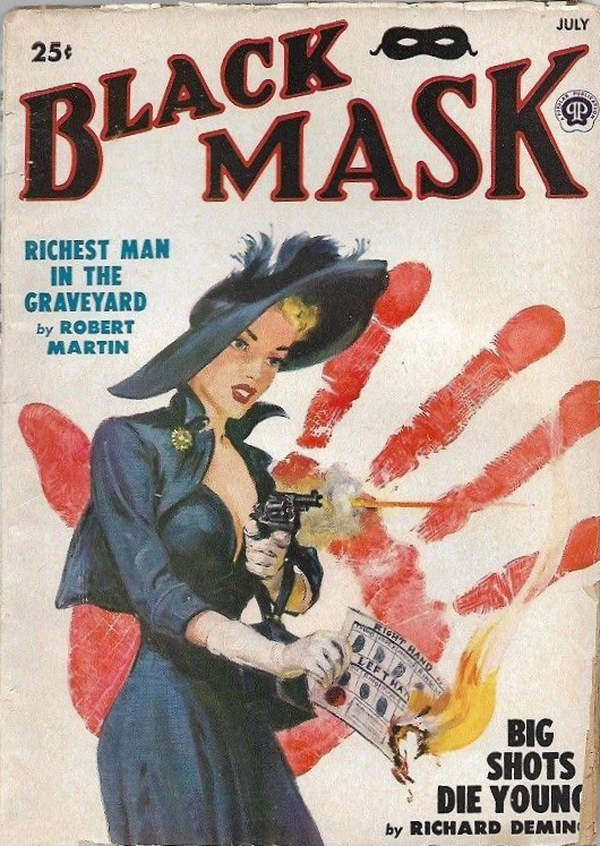
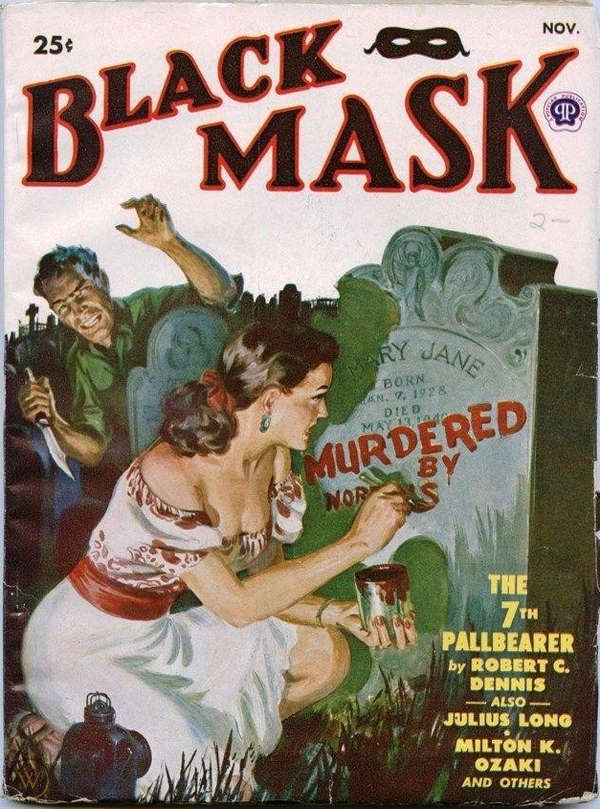
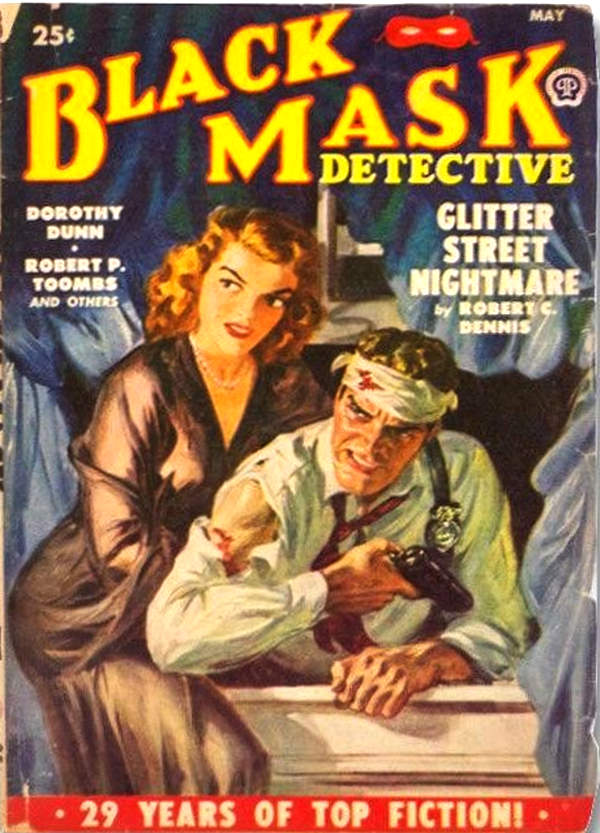
Let’s try to digest it
With January 1951, Popular tried another reboot.
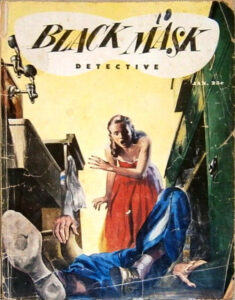
This time, in digest format. The paper is pulp but less coarse and the covers are slick both inside and outside. The cost cutting is evident:
- Reduced page count (128 pages to 112)
- Reduced size (7 x 10 inches to 6¼ x 8½ inches)
- Word count (A reduction of about one third)
- Original fiction (40% by page count, the remaining pages containing reprints) occupied only a fourth of the pulp format issue that was on the newsstands three months ago.
- No interior illustrations
The price is still a quarter. On the plus side, it has trimmed edges trimmed and there are no ads. Popular was trying to make the pulps slightly classier looking, cheaper to produce and profitable. Over half the contents were reprints.
Food for thought
Would you pay twelve bucks for it on the newsstand today? You would? I would too, but then I might not buy another issue. This issue is a letdown; Black Mask was a top-tier name and readers expected better. Manhunt, launched a couple of years later, led the digest revolution with the higher price of 35 cents. But its content was all original, and it had one illustration per story.
Sex sells…
The May 1951 issue featured a nude woman on the cover, in a scene that wouldn’t look out of place on the crime digests that were to come. Harry Widmer ran a story by himself in that issue. The cover of the last issue, July 1951, featured a semi-nude woman on the cover and brought together Agatha Christie, Richard Sale and George Harmon Coxe. Black Mask could still surprise you at the end.
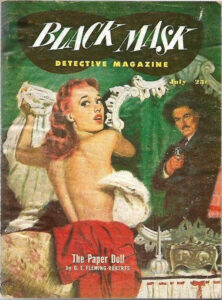
…but not enough
Widmer would edit Popular’s pulps while they lasted. Which wasn’t for long. By 1955 he had moved to Martin Goodman’s operation where he edited digests and paperbacks. Like Justice, which lasted 4 issues. Then he edited westerns for Goodman’s Lion Books in 1957, his last known gig before his death on April 24, 1970.
I’ve always considered the Popular Publications digest format to be a failed experiment. The reprints probably did not go over well with the readers and the art was not impressive. I know one collector who only collects the issues up to the time that Ken White left. I feel the same way but I continued for completion sake.
When compared to the pulp format the digest format suffers and the circulation must have dropped. EQMM bought the title in 1951 and must have paid very little for it.
I’d say it’s not the fault of the format. The reader must have felt it wasn’t worth the money, though. A quarter would buy you a paperback story, all new. Or you could get this, half-reprint, no illustrations inside. If only they’d put a little money into it and gotten new content and new illustrations, things might have been different. No Manhunt, no Ellery Queen or Alfred Hitchcock Mystery.
Still, some of the stories in the digest form are worth reading.